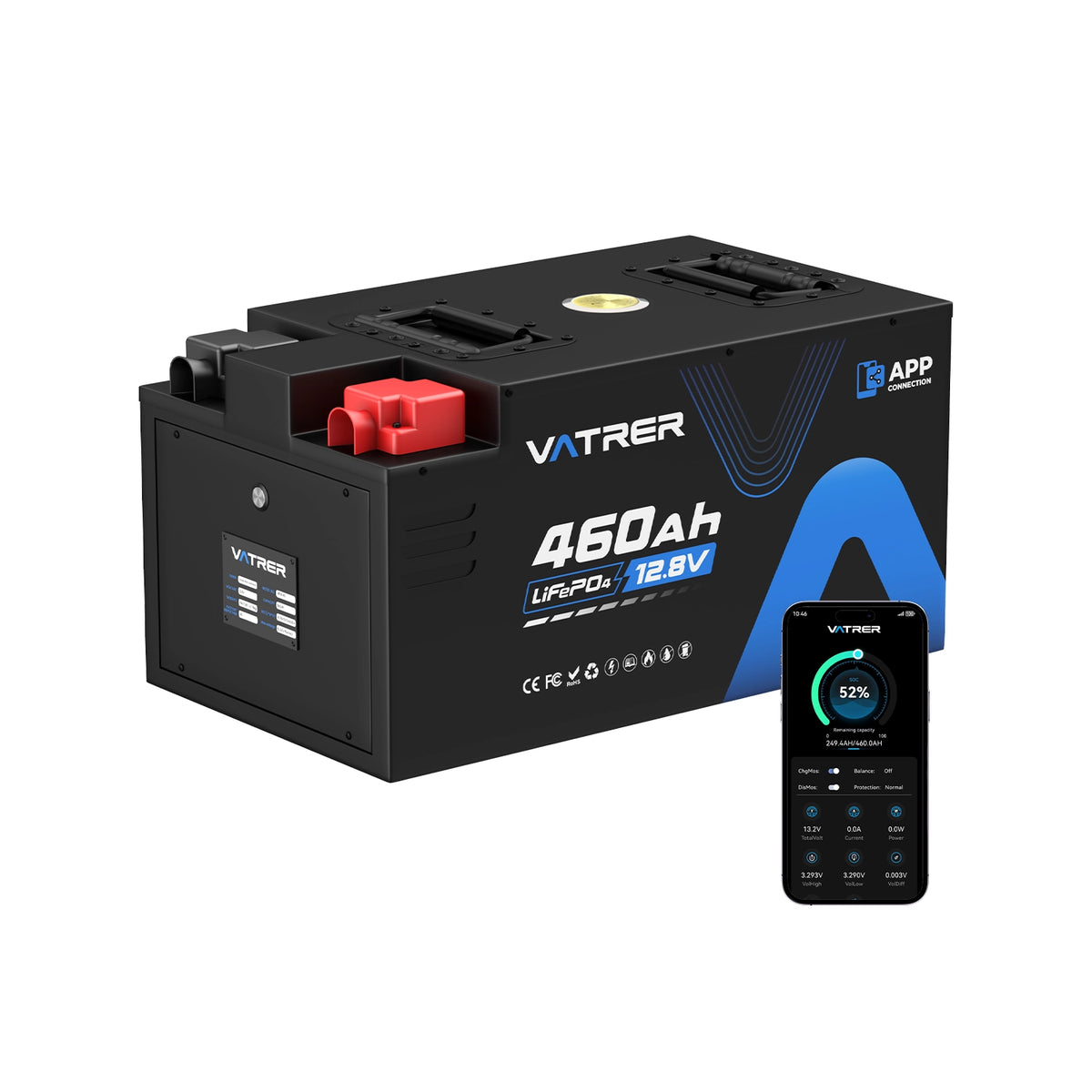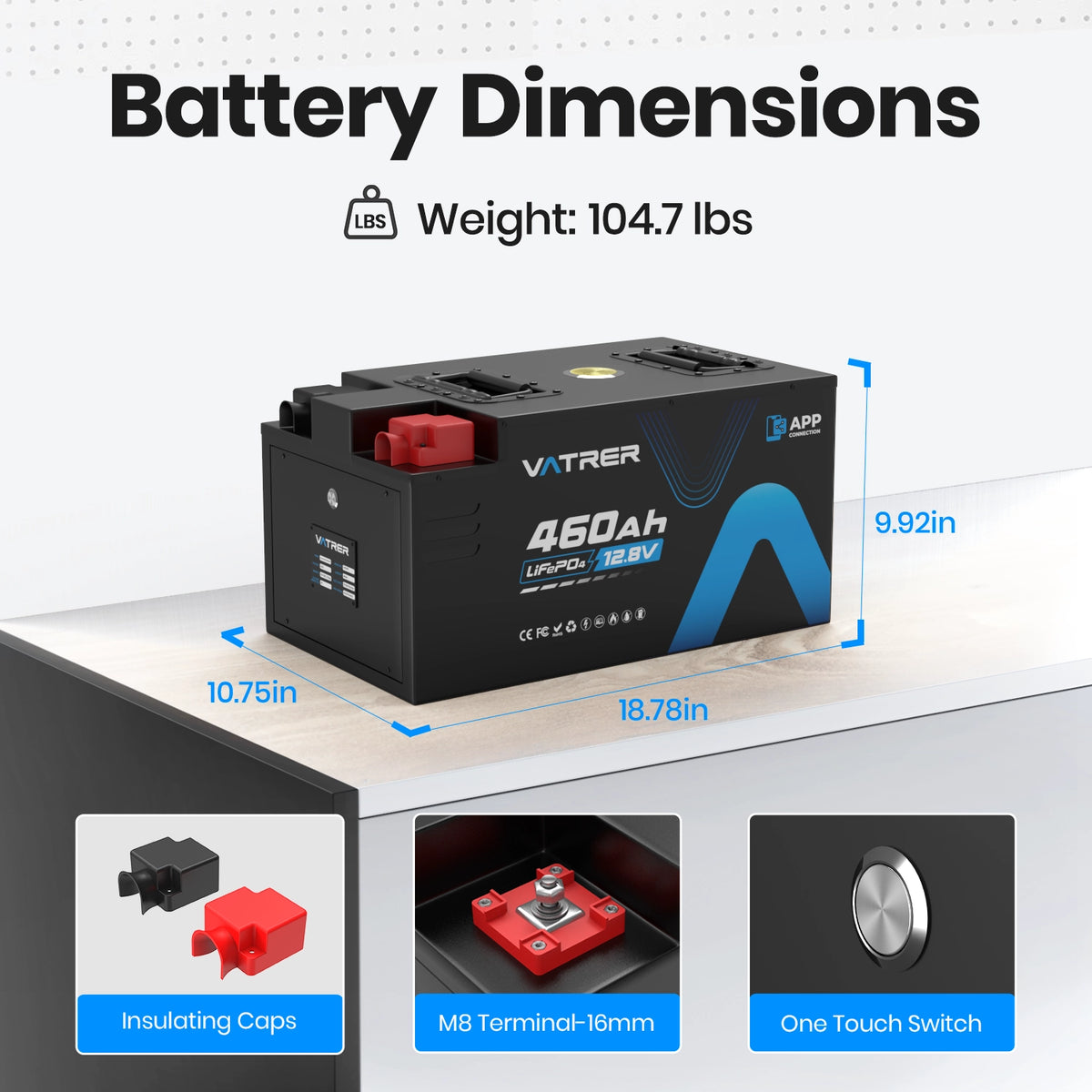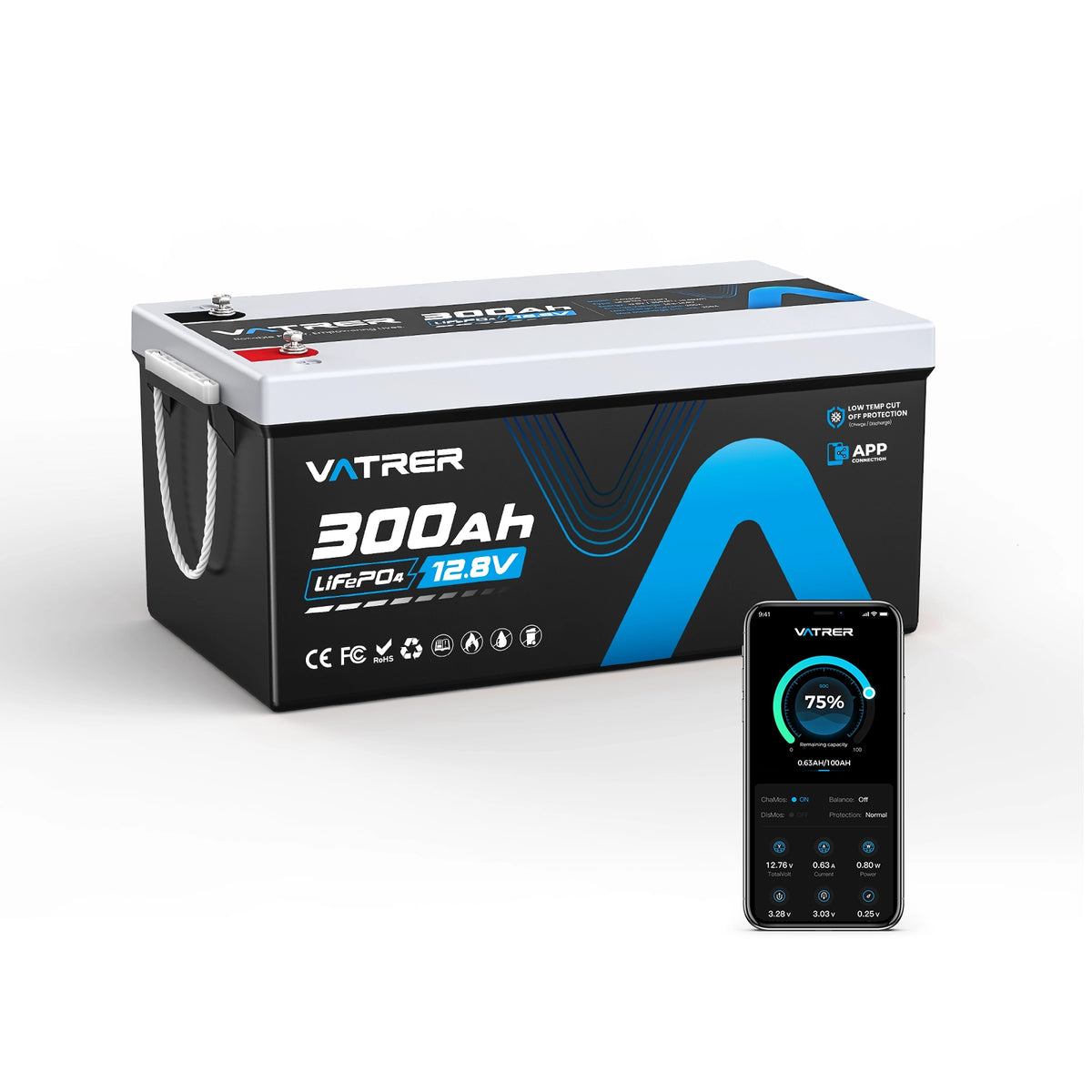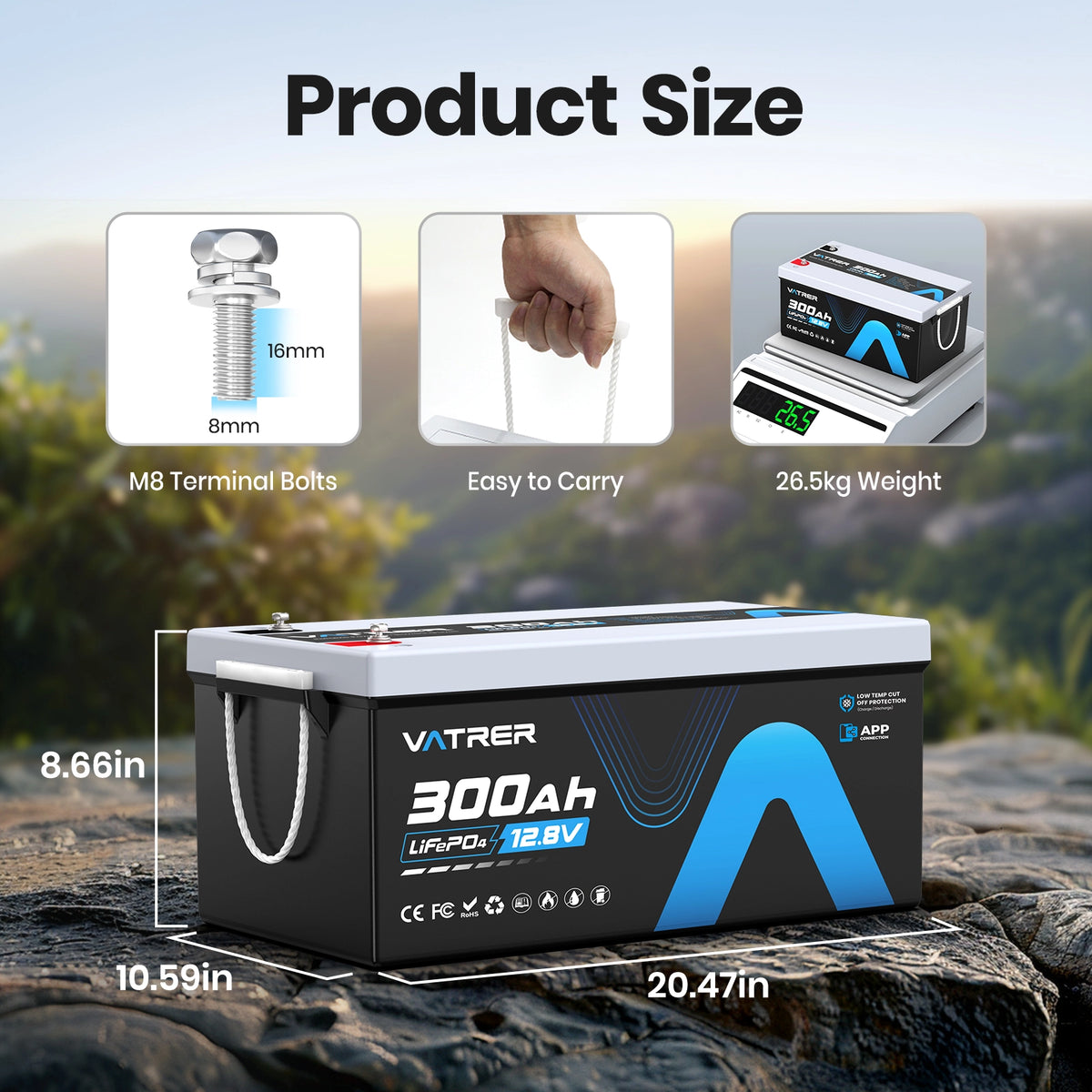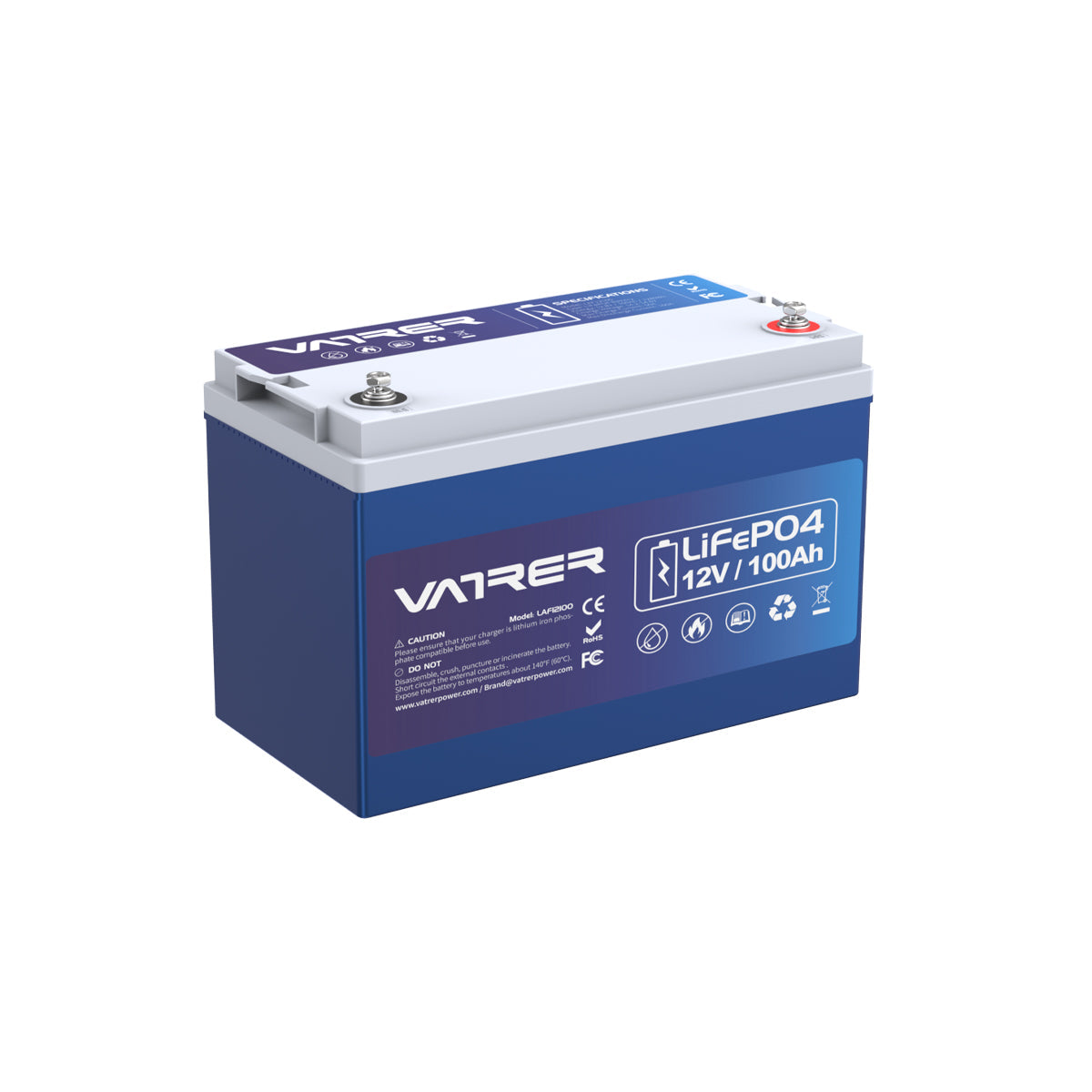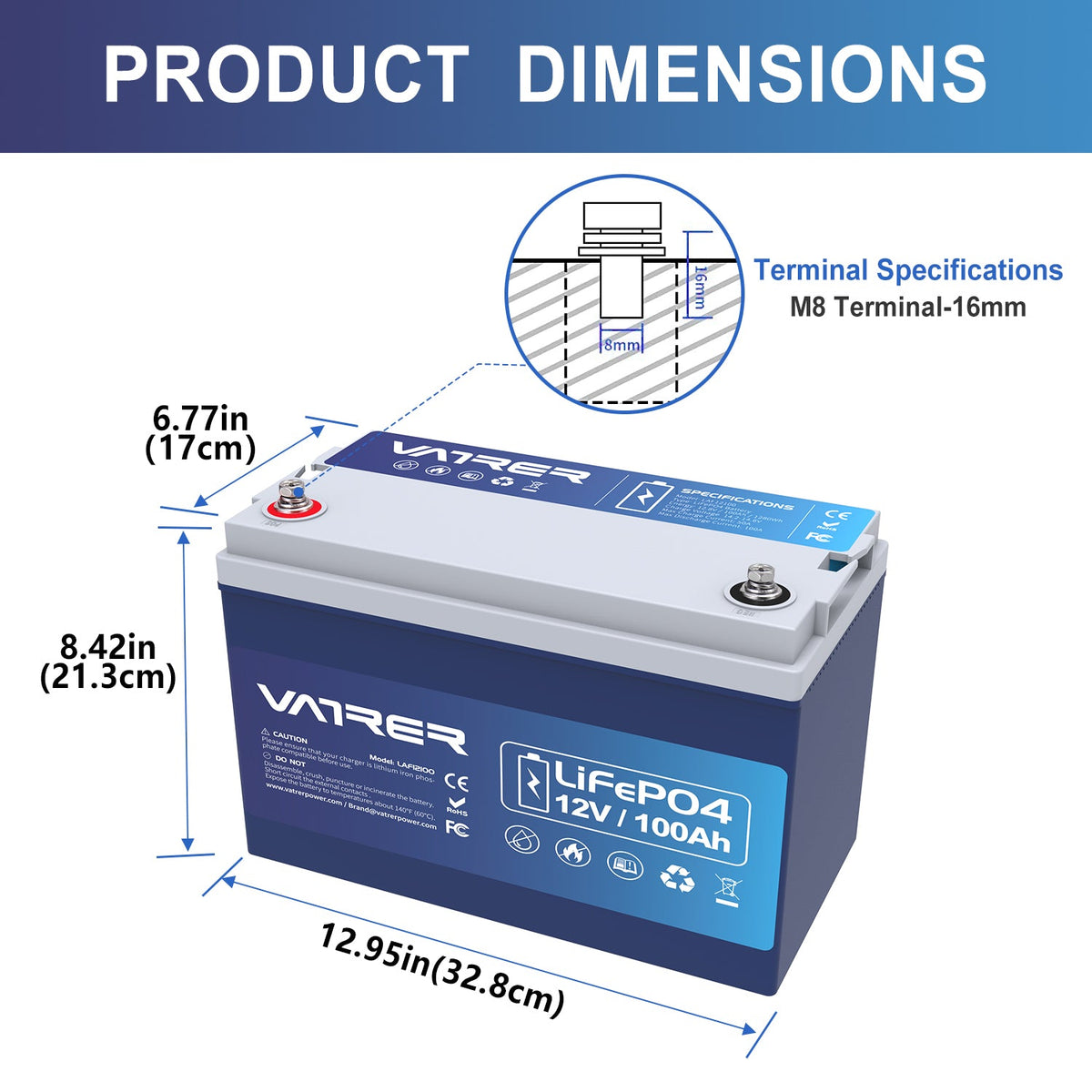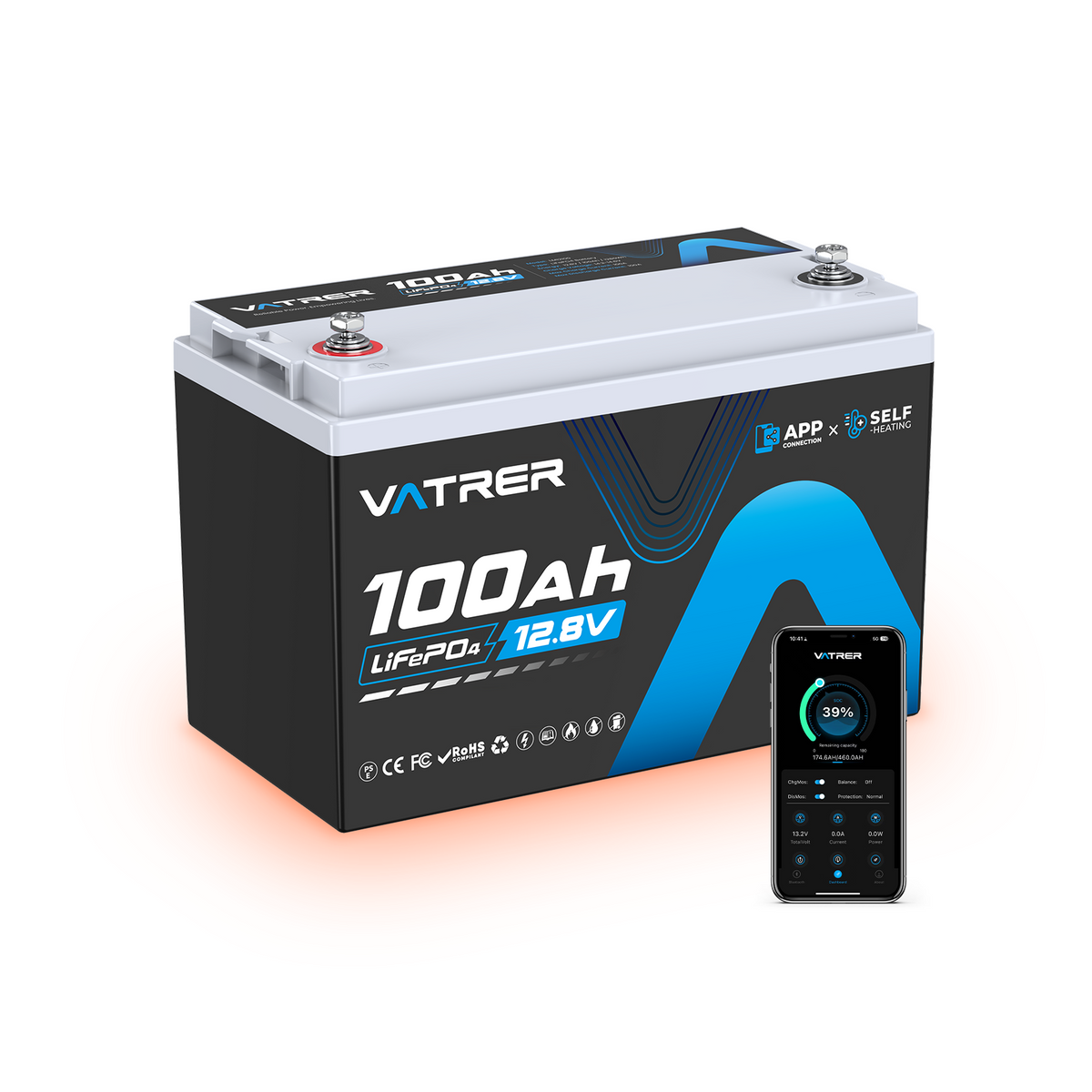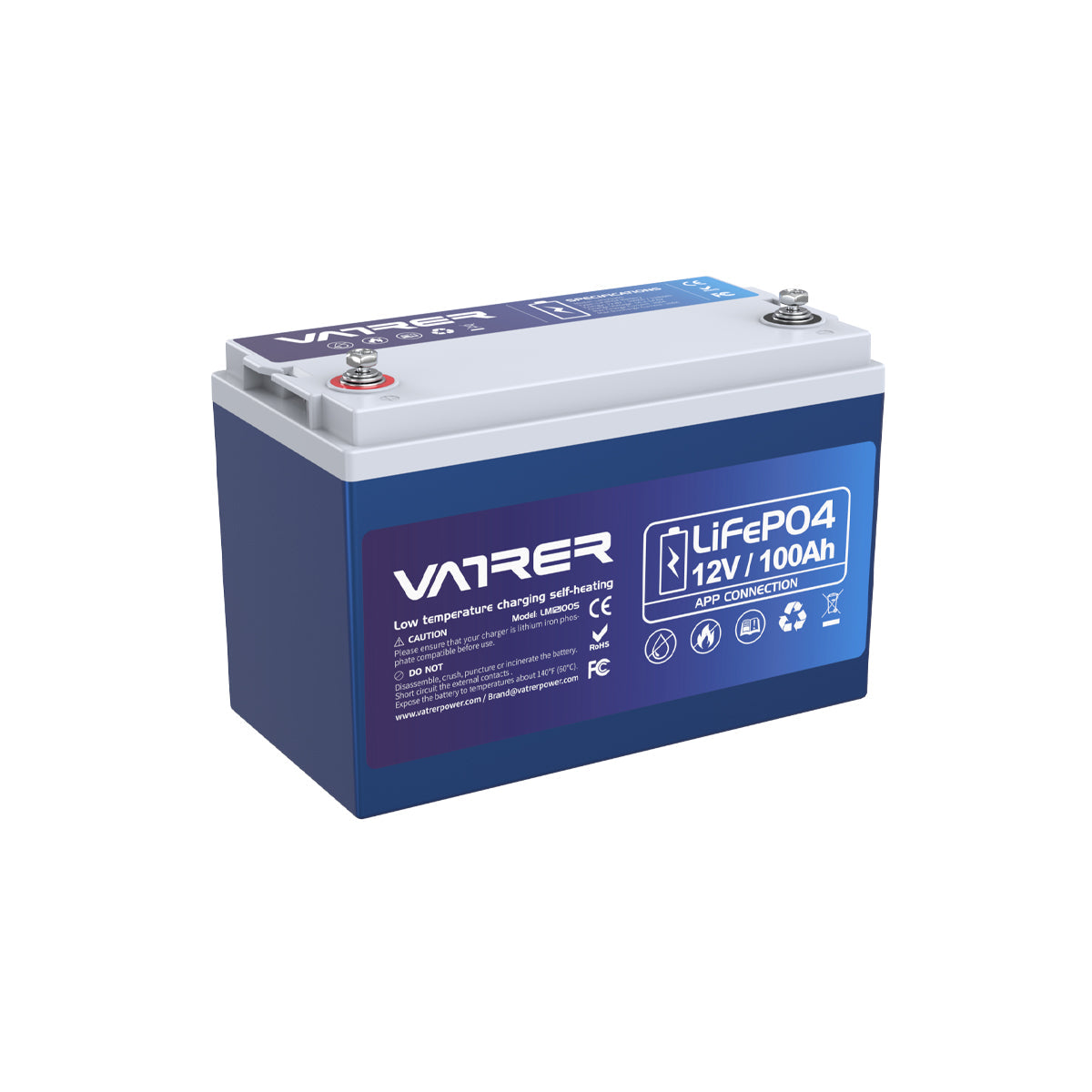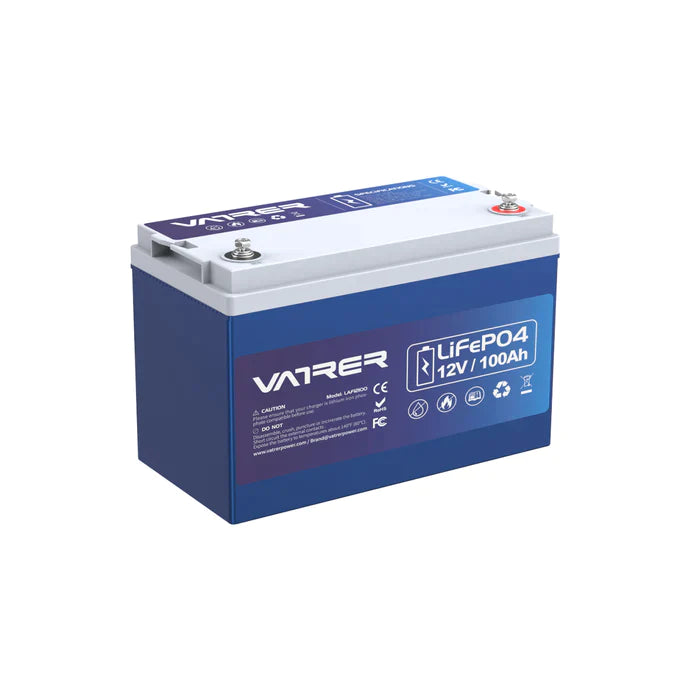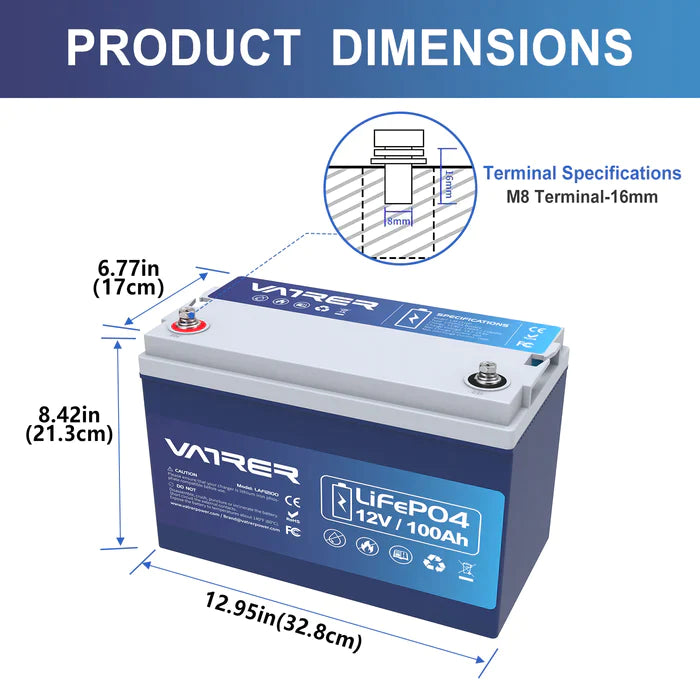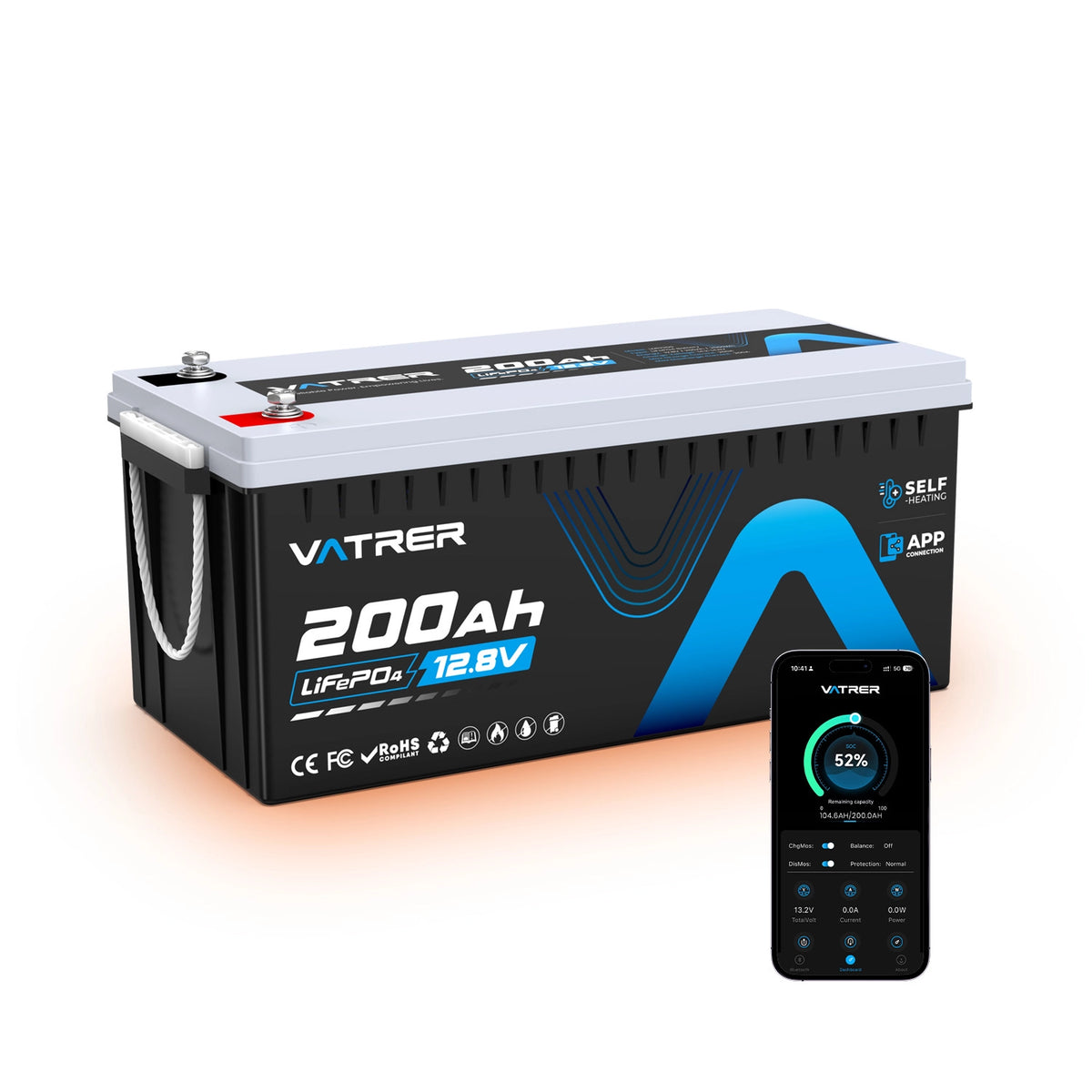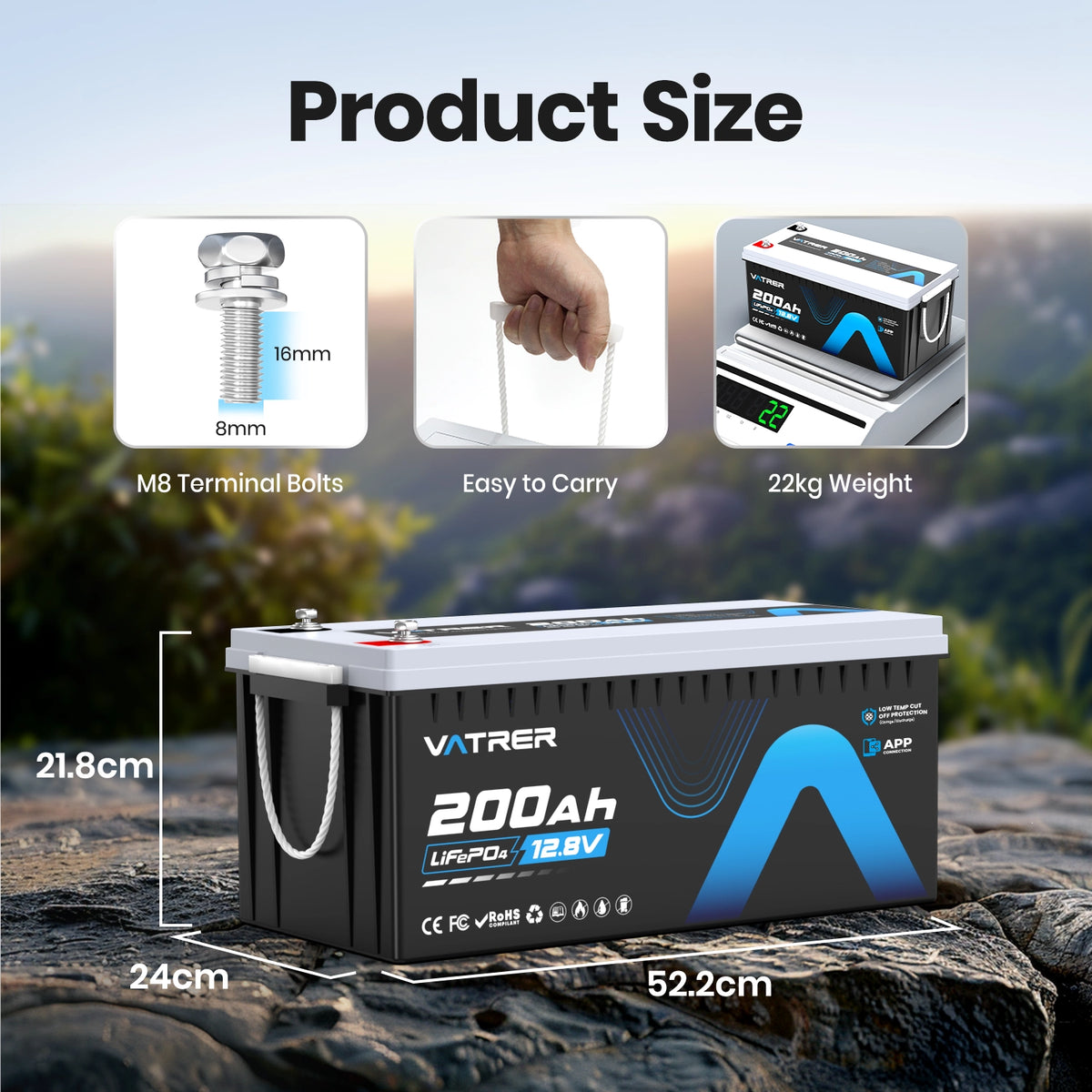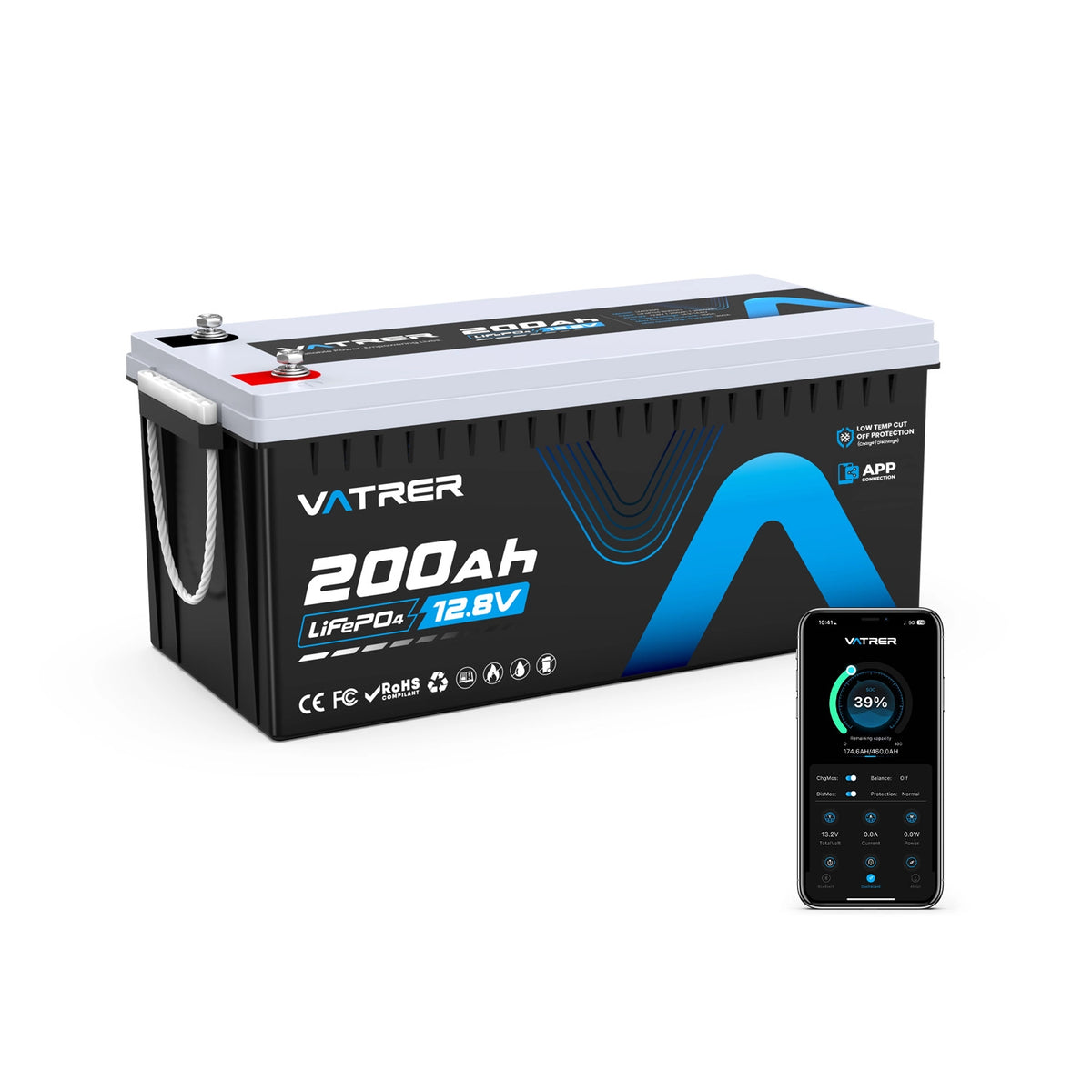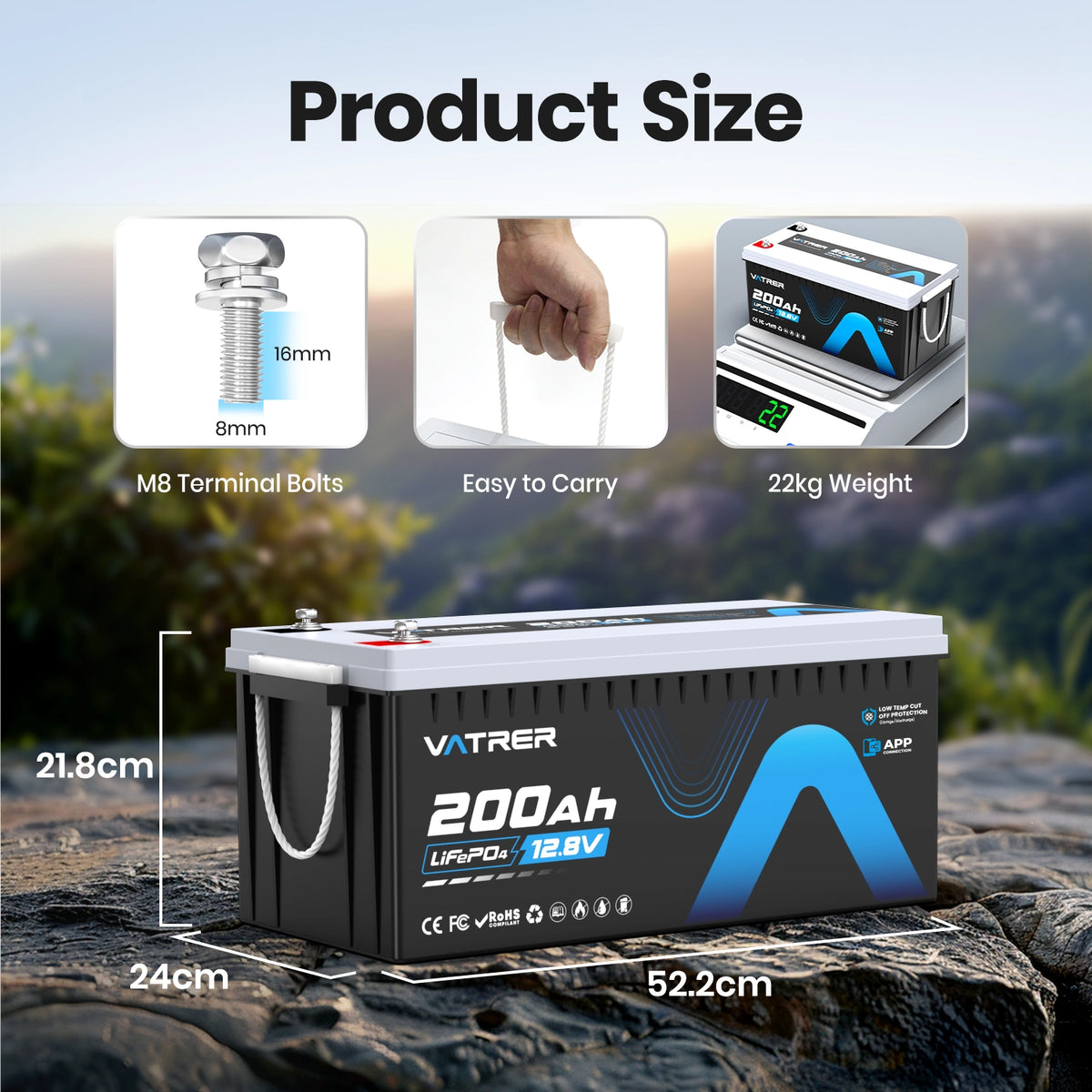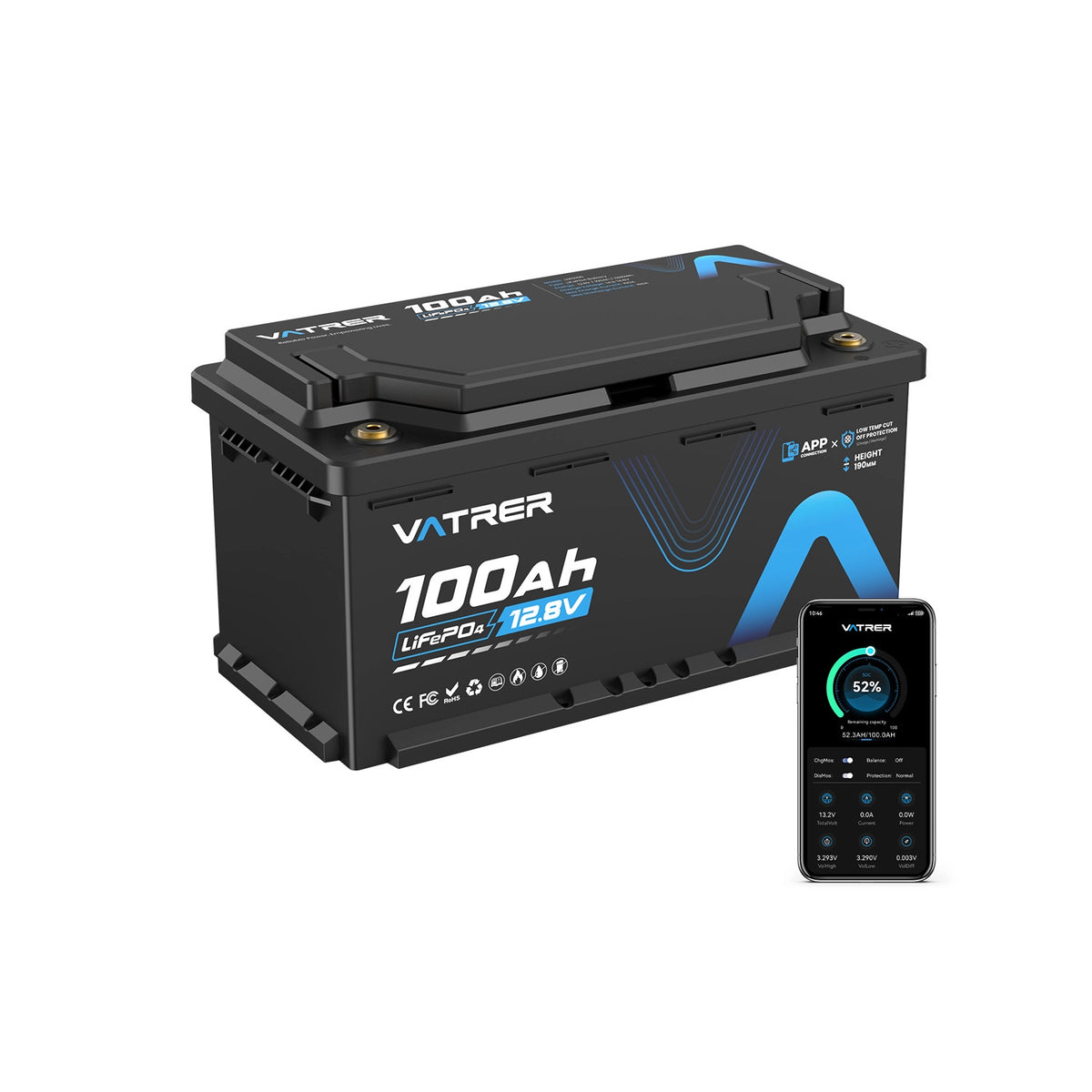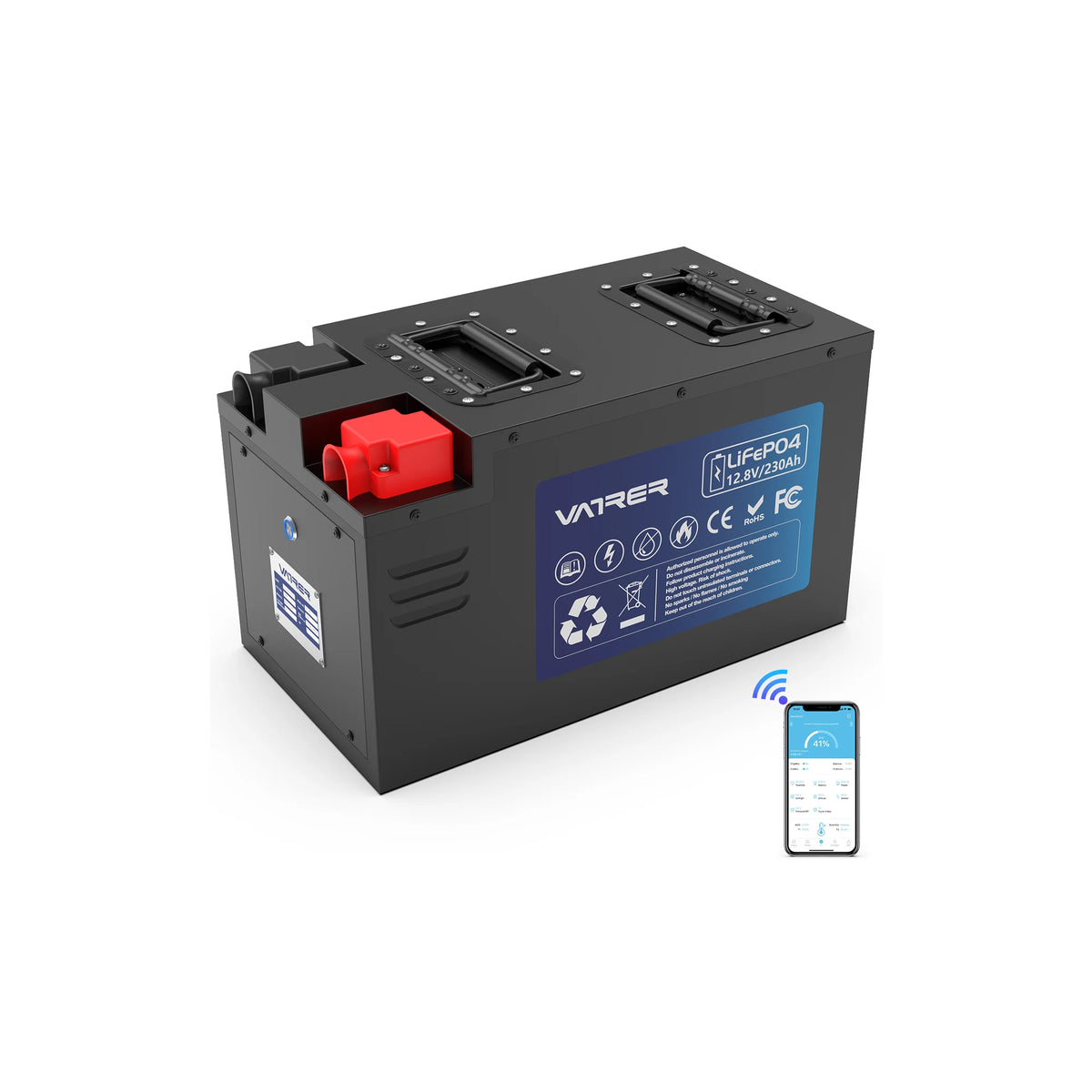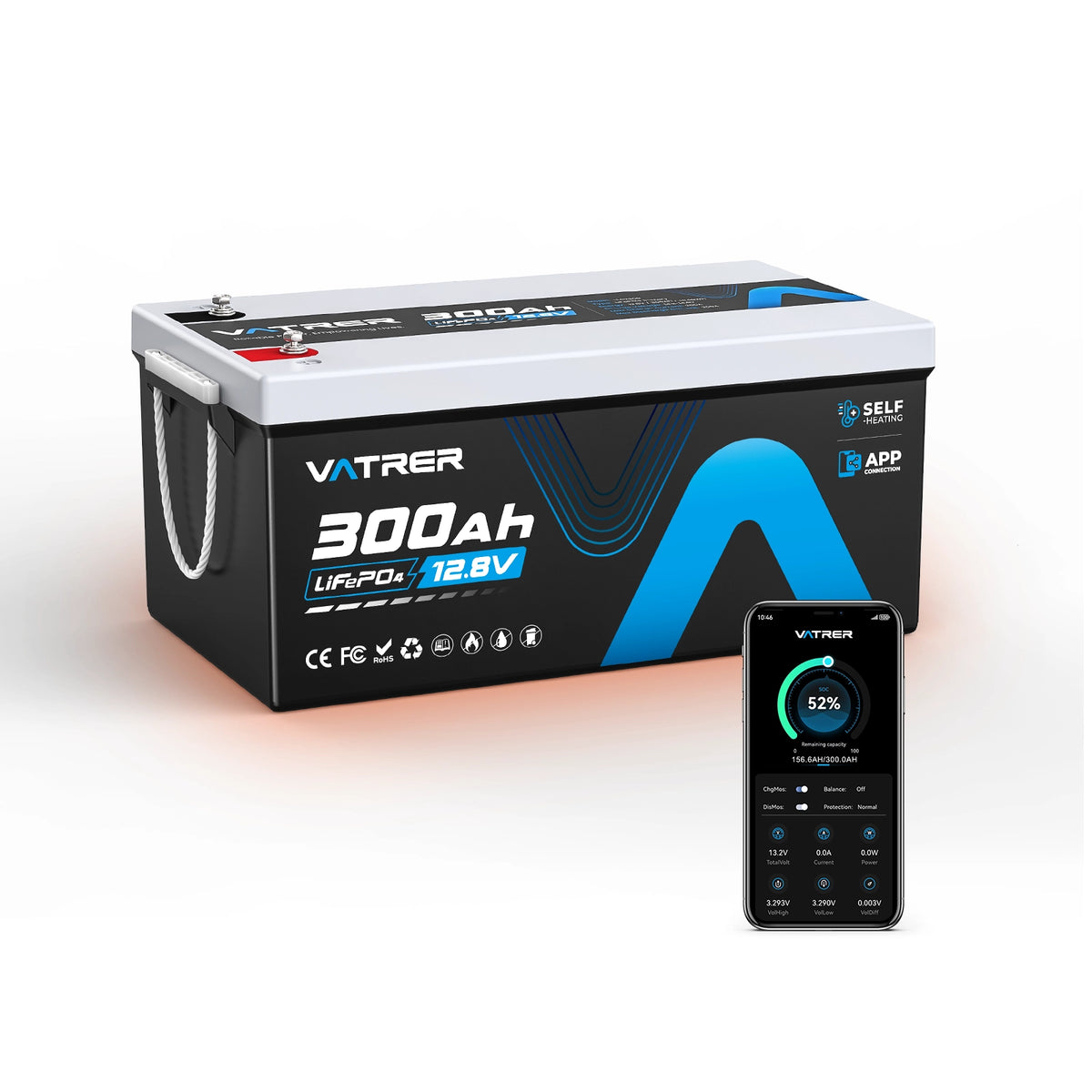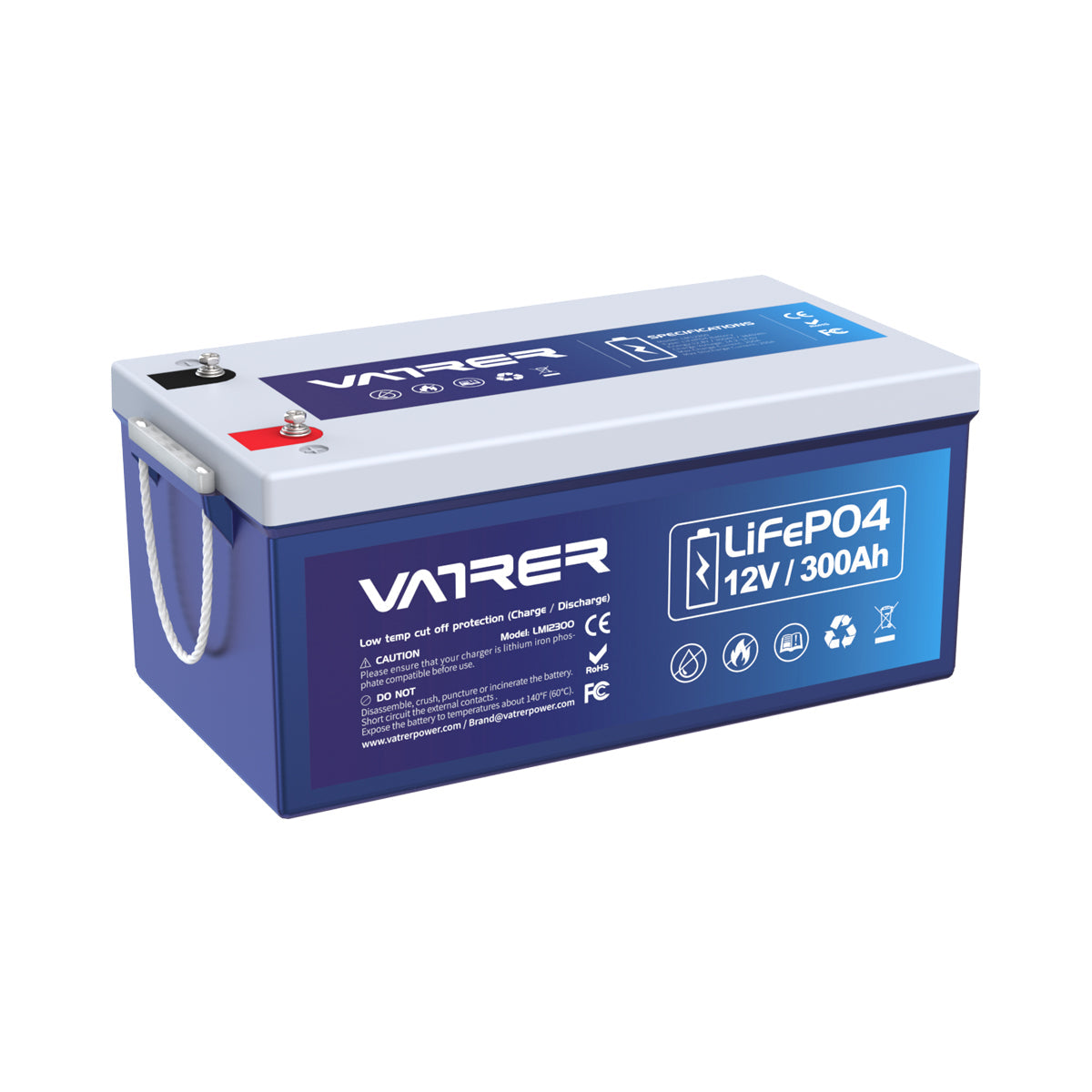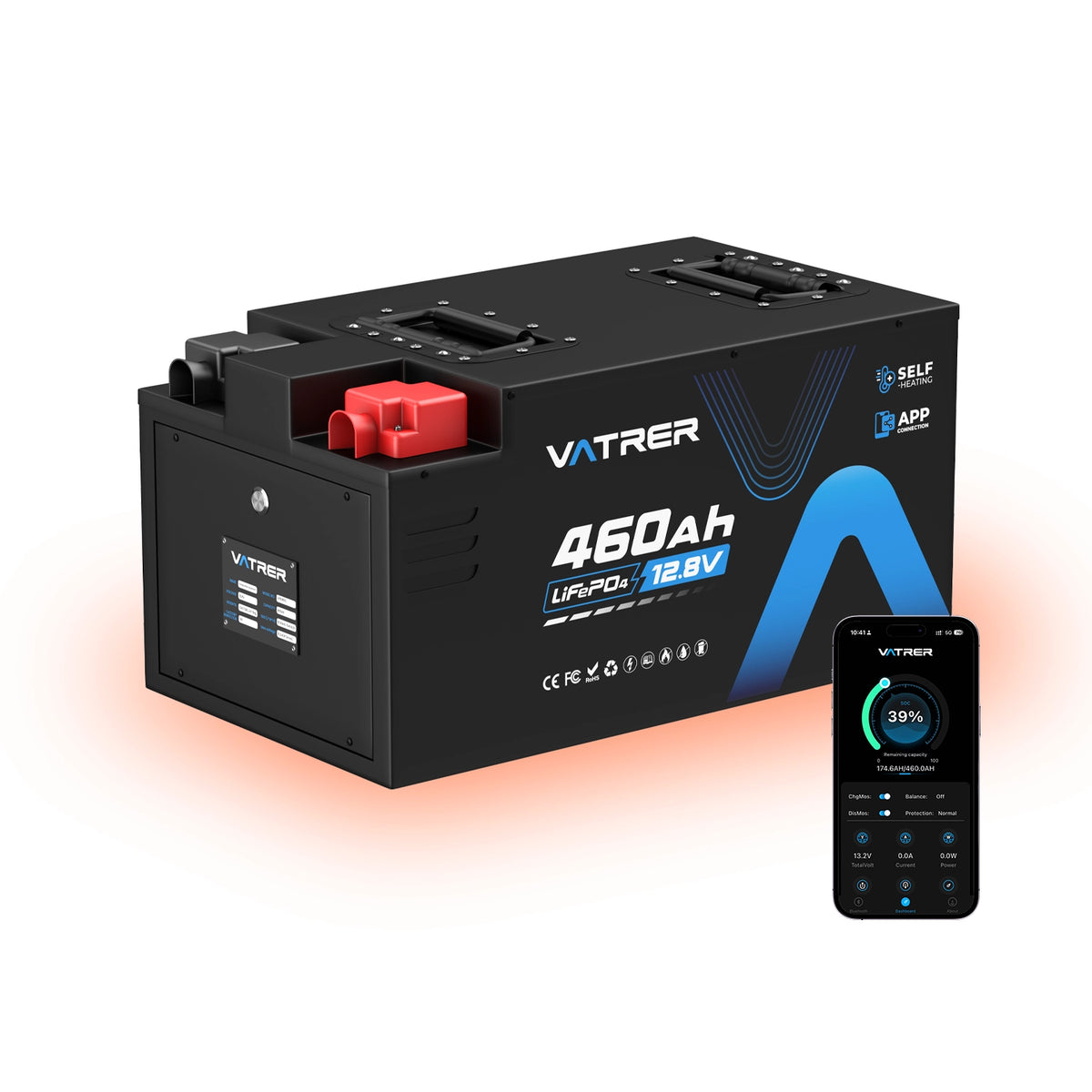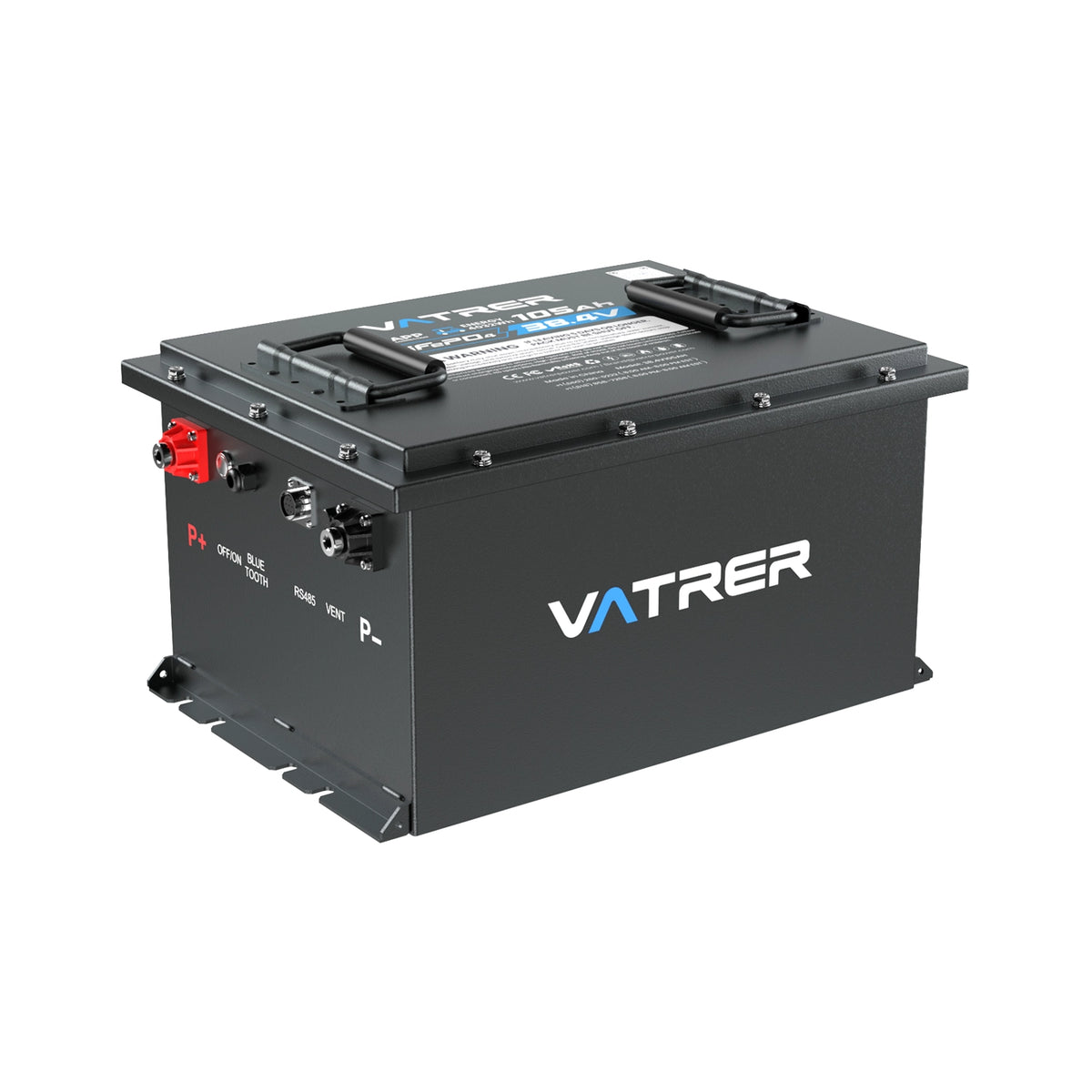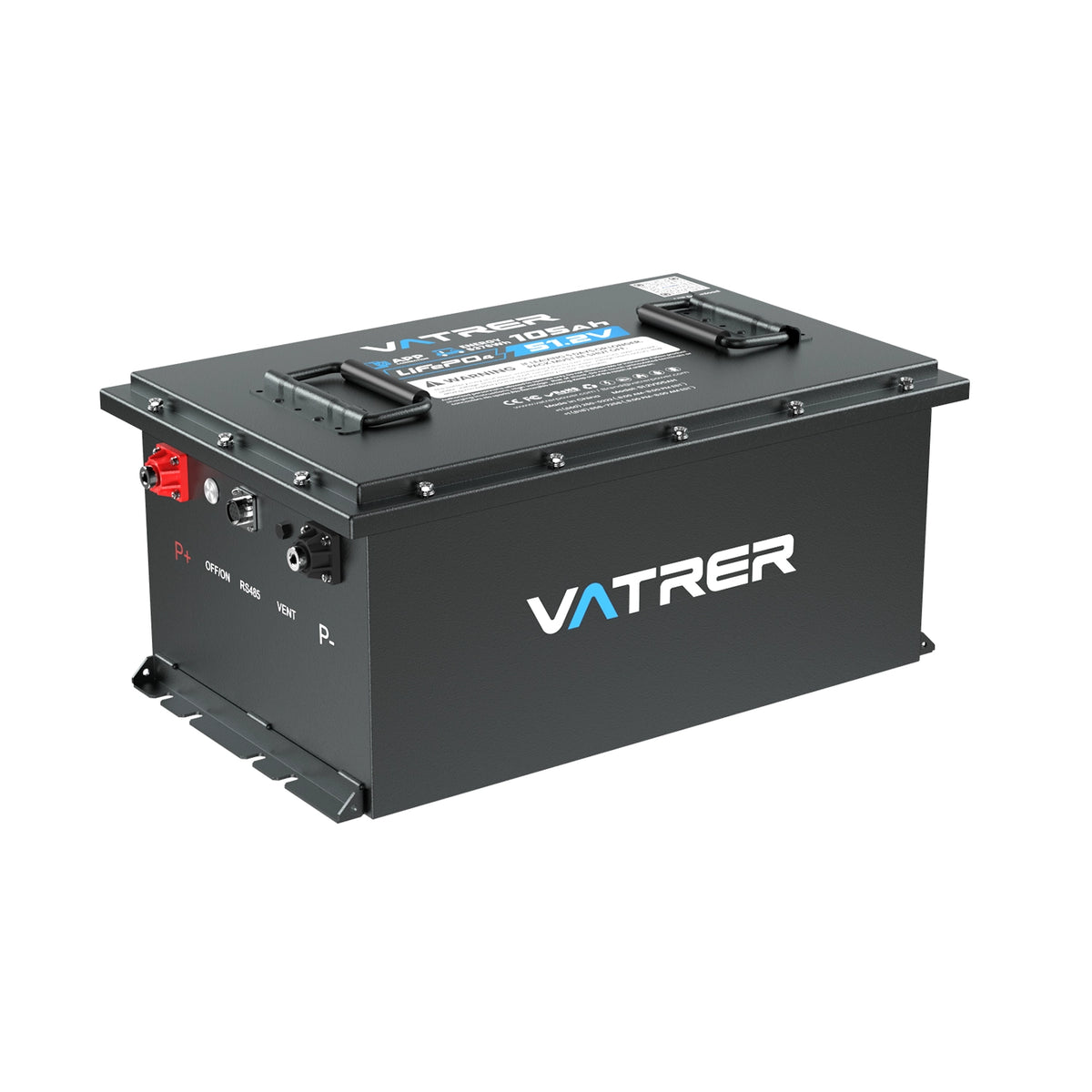1. Einleitung
Definition der Spannungsreduzierung
Unter Spannungsreduzierung versteht man den Vorgang der Verringerung der elektrischen Potenzialdifferenz zwischen zwei Punkten in einem Stromkreis. Dies ist ein grundlegender Aspekt der Elektrotechnik und Elektronik, da hierdurch die Steuerung und Manipulation elektrischer Energie für verschiedene Anwendungen ermöglicht wird. Spannungsreduzierung ist unerlässlich, um sicherzustellen, dass elektronische Komponenten innerhalb ihrer angegebenen Spannungsbereiche arbeiten, wodurch Schäden vermieden und die Leistung optimiert wird.
Bedeutung in elektronischen Schaltkreisen
In elektronischen Schaltkreisen ist die Spannungsreduzierung aus mehreren Gründen von entscheidender Bedeutung. Erstens benötigen viele elektronische Komponenten wie Mikrocontroller, Sensoren und integrierte Schaltkreise bestimmte Spannungspegel, um ordnungsgemäß zu funktionieren. Das Überschreiten dieser Pegel kann zum Ausfall von Komponenten oder zu einer Verkürzung der Lebensdauer führen. Zweitens ist die Spannungsreduzierung für das Energiemanagement erforderlich, damit Geräte effizient arbeiten und Energie sparen können. Schließlich ermöglicht sie die Integration von Komponenten mit unterschiedlichen Spannungsanforderungen in denselben Schaltkreis, was die Vielseitigkeit und Funktionalität elektronischer Systeme verbessert.
2. Grundlegende Konzepte
Ohmsches Gesetz
Das Ohmsche Gesetz ist ein grundlegendes Prinzip der Elektronik, das Spannung (V), Strom (I) und Widerstand (R) in einem Schaltkreis in Beziehung setzt. Es wird durch die Gleichung ausgedrückt:
Diese Gleichung besagt, dass die Spannung über einem Widerstand direkt proportional zum durch ihn fließenden Strom und dem Widerstand ist, den er bietet. Das Verständnis des Ohmschen Gesetzes ist für die Entwicklung von Schaltkreisen und die Implementierung von Spannungsreduzierungstechniken von wesentlicher Bedeutung.
Spannung, Strom und Widerstand
-
Spannung (V): Die elektrische Potenzialdifferenz zwischen zwei Punkten in einem Stromkreis. Sie wird in Volt (V) gemessen.
-
Strom (I): Der Fluss elektrischer Ladung durch einen Leiter. Die Messung erfolgt in Ampere (A).
-
Widerstand (R): Der Widerstand gegen den Stromfluss in einem Stromkreis. Er wird in Ohm (Ω) gemessen.
Diese drei Parameter sind miteinander verknüpft und die Manipulation eines Parameters kann sich auf die anderen auswirken. Bei Techniken zur Spannungsreduzierung wird häufig der Widerstand angepasst, um die gewünschten Spannungswerte zu erreichen.
3. Methoden zur Spannungsreduzierung
Widerstände und Spannungsteiler
Erklärung von Spannungsteilerschaltungen
Ein Spannungsteiler ist eine einfache Schaltung, die Widerstände zur Spannungsreduzierung verwendet. Er besteht aus zwei in Reihe geschalteten Widerständen an einer Spannungsquelle. Die Ausgangsspannung wird an der Verbindung der beiden Widerstände abgenommen. Die Formel zur Berechnung der Ausgangsspannung ( ) Ist:
Wo ist die Eingangsspannung und Und sind die Widerstandswerte der beiden Widerstände.
Berechnungen und Beispiele
Wenn zum Beispiel , und , dann gilt:
Dies zeigt, wie ein Spannungsteiler die Eingangsspannung halbieren kann.
Dioden
Verwendung von Standard- und Zenerdioden
Dioden sind Halbleiterbauelemente, die den Stromfluss in eine Richtung ermöglichen. Mit Standarddioden lässt sich die Spannung bei Vorwärtsspannung um ca. 0,7 V pro Diode senken. Zenerdioden hingegen sind so ausgelegt, dass sie bei Sperrspannung eine konstante Spannung aufrechterhalten, was sie für die Spannungsregelung nützlich macht.
Praktische Anwendungen
Dioden werden häufig in Stromversorgungsschaltungen verwendet, um eine stabile Spannungsausgabe zu gewährleisten. Beispielsweise kann eine Zenerdiode verwendet werden, um aus einer höheren Spannungsquelle eine 5-V-Referenzspannung zu erzeugen.
Spannungsregler
Arten von Spannungsreglern
Spannungsregler sind Geräte, die unabhängig von Änderungen der Eingangsspannung oder der Lastbedingungen eine konstante Ausgangsspannung aufrechterhalten. Es gibt zwei Haupttypen:
- Linearregler: Einfach und kostengünstig, aber weniger effizient, da sie überschüssige Spannung in Wärme umwandeln.
- Schaltregler: Komplexer und effizienter, da sie überschüssige Spannung in nutzbare Energie umwandeln.
Effizienz und Nutzung
Schaltregler wie Abwärtswandler werden bevorzugt in Anwendungen eingesetzt, bei denen es auf Effizienz ankommt, wie etwa bei batteriebetriebenen Geräten. Linearregler eignen sich für Anwendungen mit geringem Stromverbrauch, bei denen Einfachheit und geringes Rauschen wichtiger sind.

Abwärtswandler
Funktionsprinzip
Ein Abwärtswandler ist eine Art Schaltregler, der die Spannung heruntersetzt, indem er Energie in einer Induktivität speichert und bei niedrigerer Spannung freigibt. Er funktioniert, indem er einen Transistor schnell ein- und ausschaltet und so den Energiefluss zum Ausgang steuert.
Vorteile gegenüber anderen Methoden
Abwärtswandler sind hocheffizient und erreichen oft mehr als 90 %. Damit eignen sie sich ideal für Anwendungen, bei denen Energieeinsparungen unerlässlich sind. Außerdem erzeugen sie im Vergleich zu Linearreglern weniger Wärme, wodurch weniger Kühlkörper erforderlich sind und die Zuverlässigkeit verbessert wird.
4. Praktische Überlegungen
Wärmeableitung
Bei der Reduzierung der Spannung, insbesondere bei linearen Reglern und Widerständen, ist die Wärmeableitung ein wichtiger Aspekt. Übermäßige Hitze kann Komponenten beschädigen und die Effizienz verringern. Um einen zuverlässigen Betrieb zu gewährleisten, ist ein ordnungsgemäßes Wärmemanagement, beispielsweise durch die Verwendung von Kühlkörpern oder Lüftern, erforderlich.
Komponentenauswahl
Die Wahl der richtigen Komponenten ist für eine effektive Spannungsreduzierung von entscheidender Bedeutung. Zu berücksichtigende Faktoren sind unter anderem die Nennleistung, Toleranz und thermischen Eigenschaften von Widerständen, Dioden und Reglern. Die Verwendung von Komponenten mit entsprechenden Spezifikationen gewährleistet Stabilität und Langlebigkeit.
Wirkungsgrad und Leistungsverlust
Effizienz ist ein Schlüsselfaktor bei der Spannungsreduzierung, insbesondere bei batteriebetriebenen Geräten. Die Minimierung des Leistungsverlusts durch effiziente Komponenten und Schaltungsdesign verlängert die Batterielebensdauer und senkt den Energieverbrauch.
5. Bewerbungen
Häufige Szenarien in der Elektronik
Techniken zur Spannungsreduzierung werden in verschiedenen elektronischen Anwendungen eingesetzt, darunter:
-
Stromversorgung: Um stabile Spannungspegel für elektronische Geräte bereitzustellen.
-
LED-Treiber: Zur Steuerung der Helligkeit und des Stromverbrauchs von LEDs.
-
Mikrocontroller-Schaltungen: Um sicherzustellen, dass Mikrocontroller innerhalb ihrer Spannungsspezifikationen arbeiten.
Fallstudien
- Smartphone-Ladegeräte: Verwenden Sie Schaltregler, um die Wechselspannung im Netz effizient in die von Smartphones benötigte niedrige Gleichspannung umzuwandeln.
- Automobilelektronik: Verwenden Sie Abwärtswandler, um elektronische Steuergeräte (ECUs) über die 12-V-Batterie des Fahrzeugs mit Strom zu versorgen.
6. Fazit
Zusammenfassung der Methoden
Die Spannungsreduzierung ist ein grundlegender Aspekt des elektronischen Schaltungsdesigns. Um die gewünschten Spannungspegel zu erreichen, stehen verschiedene Methoden zur Verfügung. Widerstände und Spannungsteiler sorgen für Einfachheit, während Dioden für Stabilität sorgen. Spannungsregler und Abwärtswandler bieten Effizienz und Vielseitigkeit und sind daher für eine breite Palette von Anwendungen geeignet.
Zukünftige Trends in der Spannungsreduzierungstechnologie
Fortschritte in der Halbleitertechnologie verbessern die Effizienz und Leistung von Spannungsreduzierungstechniken weiter. Zukünftige Trends könnten die Entwicklung kompakterer und effizienterer Regler sowie die Integration von Spannungsreduzierungsfunktionen in intelligente Geräte und IoT-Anwendungen umfassen.







